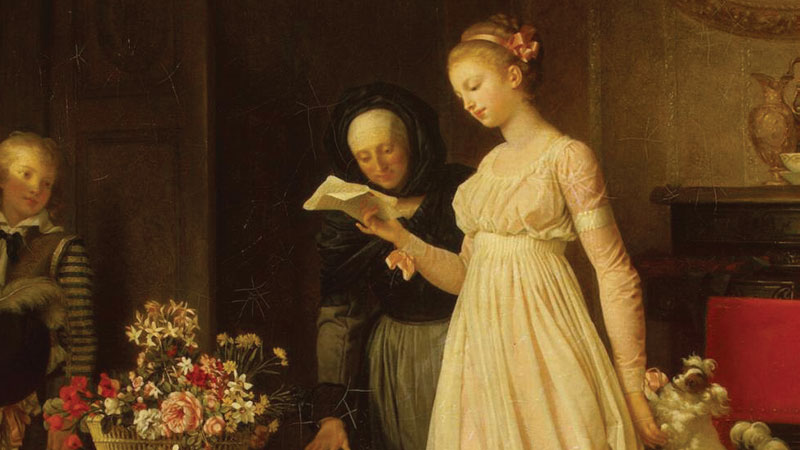

Inès BEL AIBA
An American museum has come up with a bold way to boost women’s participation in the arts: this year it will only acquire works by females. The Baltimore Museum of Art, in the state of Maryland, is best known for housing the largest public collection of Matisse works anywhere in the world.
Late last year it attracted major press attention with word that in 2020 it would only purchase works by women, drawing both praise and scepticism.
“I think it’s a radical and timely decision in 2020, to take the bull by the horns and do this,” the museum’s director Christopher Bedford said. This year marks the 100th anniversary of the adoption of the 19th Amendment to the US constitution, which gave women the right to vote.
It also gave the museum pause to do some soul-searching: of its 95,000 works, only four per cent are by women artists, says Bedford.
“We’re an institution largely built by women leaders,” he said.
The museum’s first director was a woman. And it is largely thanks to two women, the Cone sisters, and their friendship with Henri Matisse that the museum boasts such a rich collection of works by the French artist.
Centuries of discrimination
So the museum will spend $2.5 million this year on works by women. It will also reorganise several of its rooms to showcase the work of women and offer 20-odd exhibits of works by female artists. It will, however, continue to accept donations of art done by men.
The BMA is hardly alone in having such a disproportionate amount of art by men. The fame of artists such as Elisabeth Vigee Le Brun, Frida Kahlo and Louise Bourgeois is an exception to the rule.
A study published last year by the scientific journal Plos-One found that in 18 major American museums, 87 per cent of the artists whose works were on exhibit were men.
And from 2008 to 2018, of 260,470 works acquired by 26 big museums, only 11 per cent were by women, according to a study by the company Artnet and the podcast “In Other Words.” This is the fruit of centuries-old discrimination that can be either intentional or not, said Bedford.
“And unless you call out that habit and consciously find a way to work against it, then you will never have a properly equitable museum,” he said.
‘A tiny step’
While the museum’s initiative has been welcomed by many as a good first step, not everyone is sold on it.
Teri Henderson, a curator based in Baltimore, said she questions the museum’s use of the word “radical” to describe its decision to acquire only art by women for a year.
“I have observed that organisations and institutions use the word ‘radical’ as a sort of buzzword without actually implementing any programming or effort that is truly radical,” Henderson said.
“I do know that one year of collecting attached to this interesting choice of word cannot truly rectify the imbalance in the art world and in museums,” she added.
“I do think this year of collecting art by only women could possibly be the first step, but it is a tiny step.” Bedford agreed that this plan is just a start. “And I’m also hoping that our decision has a reverberating effect across the museum field,” he said.
“And that’s a consciousness-raising act as well. It’s supposed to precipitate an endless action in that direction,” he added, promising also to publish the results of this female-only programme in a year.
But Henderson insisted that “many gigantic steps” are needed to rectify the male-female imbalance in the art world.
She said that, for instance, museums need to invest in living artists that reside and work in the surrounding areas if they really want to reflect the richness and diversity of today’s art. — AFP
Oman Observer is now on the WhatsApp channel. Click here



